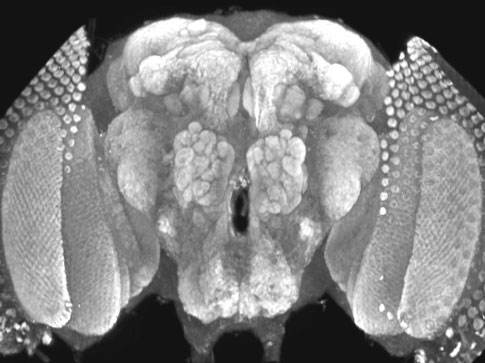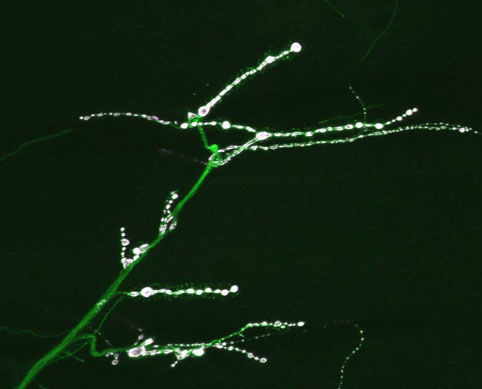 |
|
 |
 |
 |
 |
|
|
B.S. in Molecular Genetics, Univ. of Rochester, 1999 Currently, there are no therapeutic interventions which fully alleviate the defects associated with muscular dystrophies and cardiomyopathies. Development of model systems in which to utilize high-throughput screens for novel compounds will help in drug discovery for these diseases. In addition, genetic model systems will allow us to dissect the molecular and cellular pathways activated in response to mutations that affect muscle function, increasing our understanding of the underlying physiology of normal and diseased muscles. Rico has done important groundwork to establish Drosophila as a model system for human muscular dystrophies and cardiomyopathies. Characterization of hypercontraction-induced myopathy caused by mutations in Myosin Heavy Chain has lead to a potential mechanism of hypercontraction through unregulated contraction cycles in mutant muscles. In addition, hypercontraction defects cause temperature-sensitive myogenic seizures due to an altered state of the muscle which is fundamentally different than normal and hypocontracted muscle. Analysis revealed strong parallels between the genetics of flight behavior in Drosophila and familial hypertrophic cardiomyopathies in humans, suggesting that the altered state in hypercontraction muscles may reflect diseased states in mammals. Expression analysis of hypercontraction suggests a conservation of the cellular response induced in muscles which have contractile dysfunctions. This response includes the upregulation of developmentally-regulated transcripts and immune-response genes, and a downregulation of energy and metabolism genes. In addition to these parallels in transcriptional regulation in response to hypercontraction and human myopathies, a potential actin remodeling response has been uncovered. This remodeling response may be utilized in other contexts such as activity-dependent synaptic strengthening in the nervous system. Current studies on the functional consequences of differential regulation have begun. Loss-of-function mutations in the highest upregulated transcript, dARC1 suggests the dARC1 protein does not mediate essential roles in synaptic transmission, short-term plasticity, learning and memory of courtship, and circadian rhythms. It may be that dARC1 underlies subtle modulation of these processes which may be inaccessible by our assays. Future studies will address its role in muscle remodeling and synaptic metaplasticity. |
|